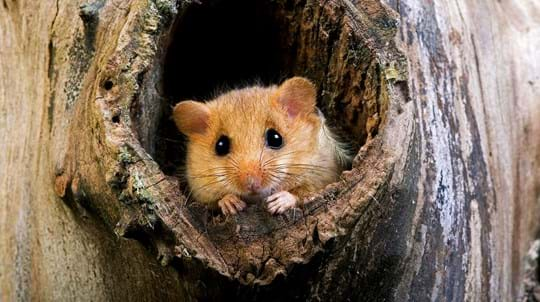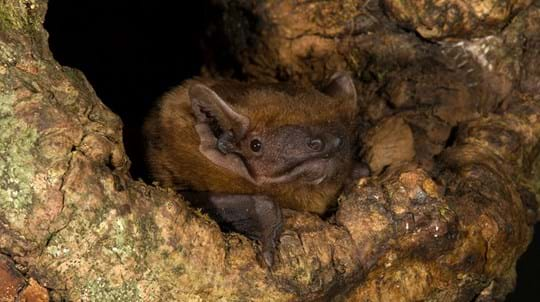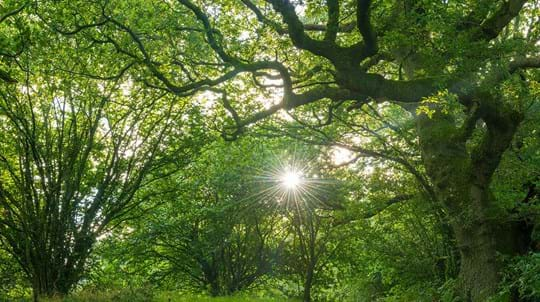
Credit: Dietmar Nill / naturepl.com
How do soprano pipistrelle bats breed?
The mating period for the soprano pipistrelle takes place from late summer to early autumn. Males will attempt to attract a female mate by singing and flying around their roost. The following spring females will form colonies and a single pup is usually born during June or July. The young can fly after around four weeks and forage independently after six weeks.










